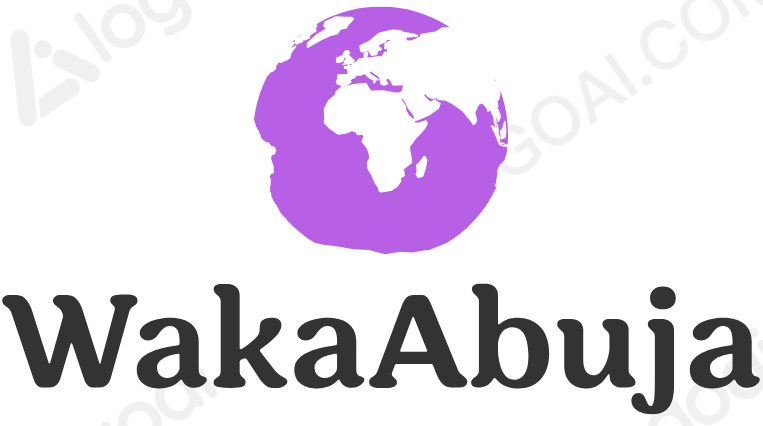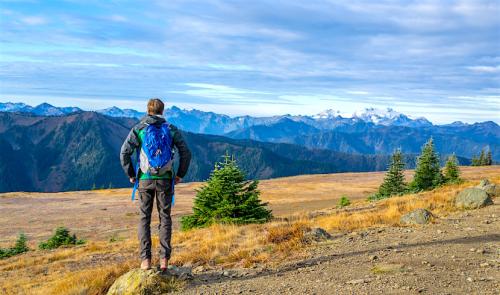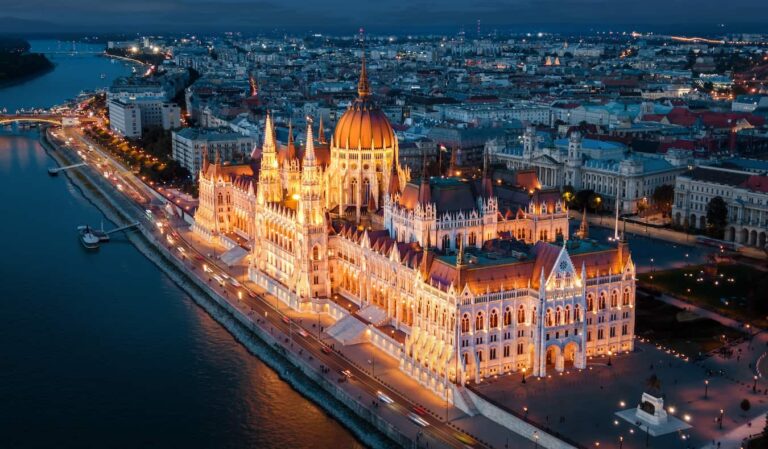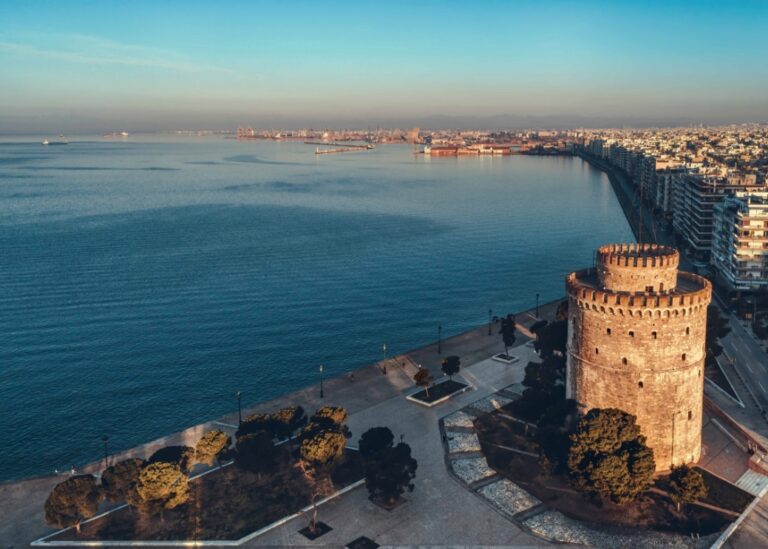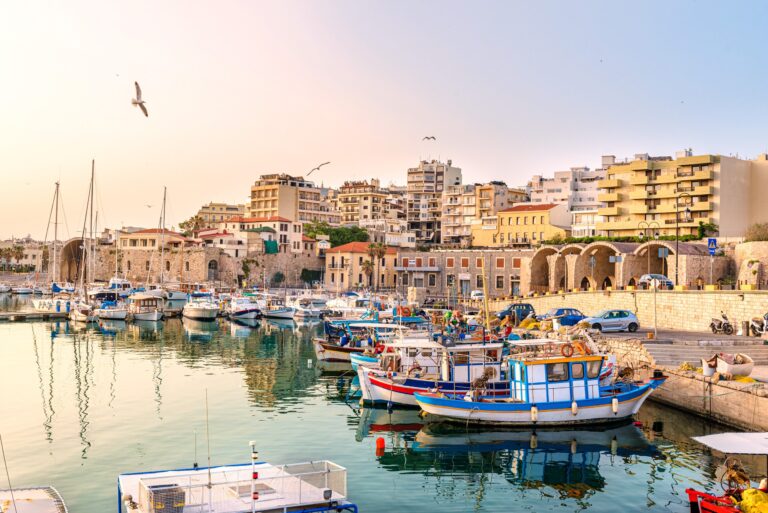What to Look for When Buying a Travel Backpack
The right backpack can make traveling an even better experience. Traveling is one of life’s greatest joys. In my experience as a frequent traveler, it is important to find a backpack that is both functional and durable. To help you make an informed choice, I share personal anecdotes, insights, and extensive research to help you select the perfect travel backpack.
Key Takeaways
- Comfort, capacity, and durability are vital when choosing a travel backpack.
- Consider your travel style to decide between a backpack or suitcase.
- Invest in a quality backpack that will last for years.
- Explore various purchasing options to find the best deal.
Table of Contents
- What to Look for in a Good Backpack
- Does Size Matter?
- Backpack or Suitcase?
- How Much Should I Spend?
- My Favorite Travel Backpacks
- Where to Buy Your Travel Backpack
A Good Backpack Should Have These Features
There are several important factors to consider when choosing a travel backpack. The following are some things to look for:
The first is the comfort factor
It is paramount to choose a travel backpack that is comfortable. It’s important to find a bag with padded shoulder straps and a breathable back panel since you’ll be carrying it for hours at a time. Ensure that the straps are adjustable so you can customize them to fit your body. Ergonomic designs are common among brands such as Osprey and Deuter.
The second is the capacity
Typically, backpacks are measured in liters. Travel backpacks typically range from 40L to 80L. For weekend trips, a 40-50L bag is ideal, while a 60-80L bag is suitable for longer trips. Make your choice based on how much you intend to pack.
The third is reliability
In order to protect your gear during travel, it is important to choose a backpack made of durable materials. Make sure the fabric is made from high-denier nylon or polyester that is resistant to tears and water. A bag’s durability is also enhanced by reinforced stitching and quality zippers.
4. The organization’s features
It will save you a great deal of time and frustration on the road if your backpack is well-organized. Multi-compartment bags include padded laptop sleeves, side pockets for water bottles, and front pockets for quick access to essentials. To keep your gear organized, some brands even include packing cubes.
5. The weight
It is essential to have a lightweight backpack when trekking or using public transportation. When empty, you should aim for a bag that weighs no more than 3-5 pounds. Packing lighter backpacks will allow you to carry more gear without exceeding airline weight restrictions.
6. Style
Despite the importance of functionality, aesthetics should not be overlooked. With a stylish backpack, you can enhance your travel experience and blend in with your surroundings. Fashionable and functional designs can be found in brands such as Patagonia and Fjällräven.
7. Security features
It is essential to keep your belongings secure when traveling. To protect your cards and personal information, choose backpacks with lockable zippers, hidden pockets, and RFID-blocking compartments.
Does Size Matter?
The size of your backpack significantly impacts your travel experience. Here’s how to choose the right size for your needs:
Day Packs (20-30L)
Ideal for day trips, these small packs are lightweight and perfect for carrying essentials like water, snacks, and a camera. They’re great for hiking or exploring a city without the bulk of a larger bag.
Weekend Packs (40-50L)
These are perfect for short trips where you need enough space for clothes, toiletries, and gear. They fit in overhead compartments on flights and are manageable for short hikes.
Extended Trip Packs (60-80L)
If you’re planning a long adventure or need to carry a lot of gear (like camping equipment), consider a larger pack. These backpacks offer ample storage but can be cumbersome if you’re navigating crowded spaces or public transport.
Personal Experience: Finding the Right Size
During my travels through Southeast Asia, I initially packed too much in a 70-liter backpack. It was cumbersome and led to back pain. After switching to a 50-liter bag, I found it easier to navigate bustling streets and enjoy my adventures without being weighed down.
Backpack or Suitcase?
This choice often depends on your travel style and destination.
Backpack Advantages
- Versatility: Great for varied terrains, from city streets to hiking trails.
- Mobility: Easier to carry in crowded spaces or uneven surfaces.
- Hands-Free: Allows for better balance and movement.
Suitcase Advantages
- Organization: Often includes built-in compartments for better organization.
- Ease of Access: Easier to pack and unpack in a hotel room.
- Formal Appearance: Better suited for business travel or formal occasions.
Personal Anecdote: The Backpack vs. Suitcase Dilemma
On a recent trip to Europe, I opted for a backpack, which allowed me to hop on and off trains with ease. I found myself in some charming, cobblestone streets where rolling suitcases were a hassle. The flexibility of my backpack made my journey enjoyable and stress-free.
How Much Should I Spend?
The price of travel backpacks can vary significantly based on brand, features, and materials. Here’s a breakdown of what to expect:
Budget Backpacks ($50 – $100)
These backpacks are generally basic in features and durability. They’re great for occasional travelers or short trips. Brands like Amazon Basics and High Sierra offer affordable options.
Mid-Range Backpacks ($100 – $250)
In this price range, you’ll find more durable materials, better comfort features, and additional compartments. Brands like Osprey, North Face, and Kelty offer great options for serious travelers.
High-End Backpacks ($250 and up)
Premium backpacks are designed for avid travelers and adventurers. They include advanced features like ergonomic designs, lightweight materials, and enhanced durability. Brands like Arc’teryx and Gregory are known for their high-quality packs.
Personal Budget Insight
When I invested in a $200 Osprey backpack, I was skeptical about the price. However, the comfort, durability, and organization it offered were worth every penny. It became my go-to backpack for years, proving that sometimes spending a bit more saves money in the long run.
My Favorite Travel Backpacks
After years of traveling and testing various backpacks, here are my top recommendations:
1. Osprey Atmos AG 65
- Capacity: 65L
- Price: $450
- Weight: 4.5 lbs
- Features: Anti-Gravity suspension, adjustable harness, multiple pockets.
- Pros: Excellent ventilation, great for hiking.
- Cons: Higher price point.
- Rating: 4.8/5
2. Deuter Futura Vario 50+10
- Capacity: 50+10L
- Price: $350
- Weight: 4.6 lbs
- Features: Aircomfort Sensic Vario back system, rain cover.
- Pros: Comfortable and breathable, expandable.
- Cons: Heavier than some competitors.
- Rating: 4.7/5
3. Patagonia Black Hole 55L
- Capacity: 55L
- Price: $249
- Weight: 2.8 lbs
- Features: Weather-resistant fabric, multiple carry options.
- Pros: Stylish design, great for urban adventures.
- Cons: Limited organizational pockets.
- Rating: 4.6/5
4. North Face Borealis
- Capacity: 28L
- Price: $89
- Weight: 2.2 lbs
- Features: FlexVent suspension system, laptop sleeve.
- Pros: Affordable, versatile for daily use and travel.
- Cons: Limited capacity for longer trips.
- Rating: 4.5/5
5. REI Co-op Flash 55
- Capacity: 55L
- Price: $329
- Weight: 2.7 lbs
- Features: Removable top lid, lightweight design.
- Pros: Customizable and versatile.
- Cons: Minimalist design may lack features for some.
- Rating: 4.4/5
Where to Buy Your Travel Backpack
Finding the right backpack is essential, but knowing where to buy it is just as important. Here are some options:
1. Outdoor Specialty Stores
- Examples: REI, Bass Pro Shops
- Benefits: Expert staff can help you find the perfect fit, and you can try on backpacks before buying.
2. Online Retailers
- Examples: Amazon, Backcountry, Moosejaw
- Benefits: A wide selection, often at competitive prices, and convenient shipping options.
3. Brand Websites
- Examples: Osprey, Patagonia, The North Face
- Benefits: Access to the latest models, often with exclusive online deals and warranty information.
4. Local Travel Stores
- Benefits: Supporting local businesses and often providing personalized service.
Final Thoughts
Selecting the right travel backpack is crucial for an enjoyable travel experience. By considering comfort, size, durability, and organization, you can find a bag that suits your needs. Don’t forget to weigh the pros and cons of a backpack versus a suitcase based on your travel style and destination. With my top recommendations and buying tips, you’re now equipped to find the ideal backpack for your next adventure.
FAQs
1. How do I clean my travel backpack?
Most backpacks can be cleaned by hand washing with mild soap and water. Remove any detachable parts and allow the backpack to air dry.
2. Can I take my backpack as a carry-on?
Most backpacks under 40L are suitable for carry-on luggage, but always check the airline’s carry-on size restrictions.
3. How do I pack my backpack efficiently?
Use packing cubes to keep items organized, and pack heavier items closer to your back for better weight distribution.
Now that you’ve read this guide, you’re ready to embark on your travel journey. Wishing you safe travels!
